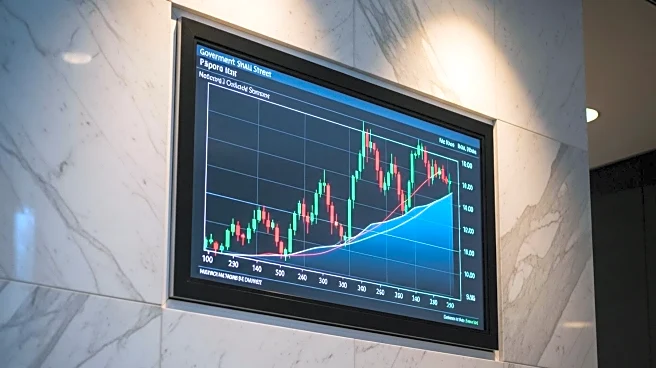What's Happening?
Best Buy's stock has shown signs of a potential upward trend after a period of underperformance compared to the S&P 500 in 2025. The stock experienced a breakout above its major resistance level of $73, which also marked a move above the 200-day moving average. This breakout was followed by a retest of the breakout level, a common occurrence in technical analysis, before the stock resumed its upward trajectory. The Relative Strength Index (RSI) has remained consistently above 50, indicating improving price momentum. The stock's recent highs have been testing the 150-week moving average, a long-term trend strength indicator, suggesting that Best Buy may be entering a new accumulation phase.
Why It's Important?
The potential upward movement in Best Buy's stock is significant for investors and the retail sector. A sustained increase in stock price could enhance investor confidence and attract more investment into the company. For the retail industry, Best Buy's performance could serve as a barometer for consumer electronics demand and retail health. If Best Buy successfully breaks through the $80 mark, it could complete a bullish rotation, potentially leading to further gains up to the $90 resistance level. This development could impact market perceptions and strategies within the retail sector, influencing investment decisions and market dynamics.
What's Next?
If Best Buy continues its upward momentum and surpasses the $80 threshold, it could solidify its position above the 150-week moving average and trendline resistance. This would likely attract more investors and potentially lead to further stock price increases. Market analysts and investors will be closely monitoring Best Buy's performance to assess the sustainability of this trend. The company's ability to maintain its momentum could influence broader market strategies and investor sentiment in the retail sector.










